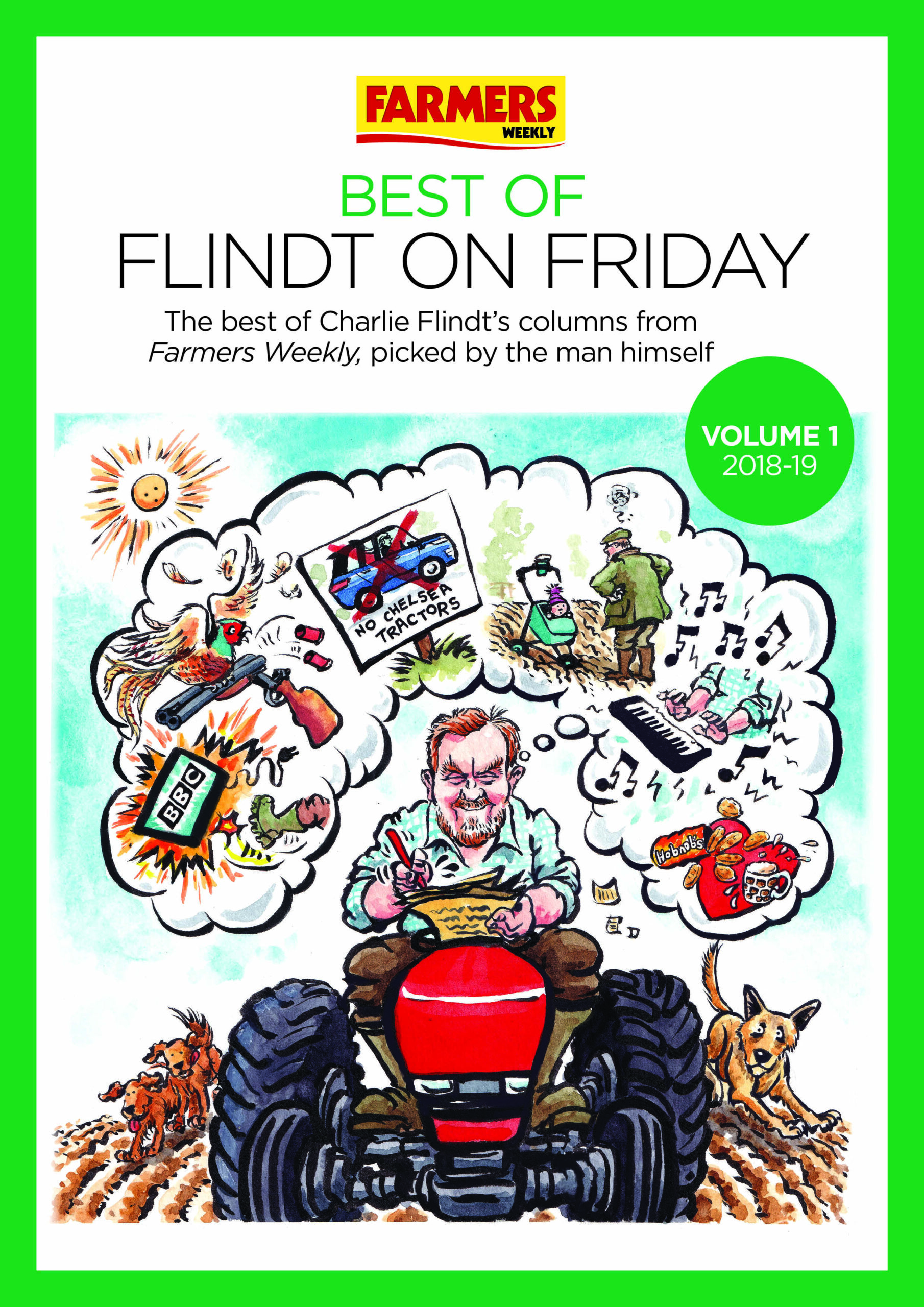Bumpy road ahead thanks to renewable fuel price volatility

As I sit on my trusty, not to say rusty, old combine and slice my way across my first field of wheat, it is hard not to feel a little smug at the thought that every tonne spilling into the hopper is worth a cool £180 straight off the field – and that is just as feed wheat, let alone what it might be worth if it makes a milling grade. It’s going to be a boom year for arable farmers.
For UK livestock farmers, of course, the opposite is true. Inflated feed costs are the last thing dairy farmers need when they are already feeling the pinch from recent cuts in farmgate milk prices. Similarly with beef, sheep and poultry, the rising price of animal feed threatens to stifle hopes of a recovery in these sectors and, in the case of pigs, will only increase the terrible losses already being suffered.
For all this, of course, we have to thank our US cousins, who are experiencing their worst drought since 1956. Sixty percent of the country is dried out, but the most severe scorch has been across the Midwest “corn belt”, which normally grows three-quarters of the country’s maize and soya bean.
But, vast though the scale of this natural disaster is, a few US politicians have it within their power to nullify its effects at a single stroke of the legislative pen. Namely, they simply need to revoke the renewables fuel standards legislation that currently diverts 4.7 billion bushels of US maize (which will amount to 40% of this year’s crop) to produce 13.2 billion gallons of corn ethanol a year to run America’s notoriously thirsty cars.
Here in the UK, we have similar legislative programmes, and their effects are also becoming significant. Under the EU’s Renewable Transport Fuel Obligation, which requires increasing proportions of biofuels to be included in the tanks of EU road traffic (due to reach 5% of total road transport fuel by 2013), millions of tonnes of UK wheat is now being consumed by biofuel facilities on the north-east coast of England to the point where the UK’s status as a wheat-exporting nation is under threat.
Such large-scale use of food for making fuel is now having a profound effect upon all farmers (let alone the world’s poor, who spend nearly all of their income on food). Most years, drought or other extreme weather events affect grain production somewhere in the world. But with so much food now being diverted into renewable fuel manufacture in the USA, the EU and Brazil, commodity markets have become extremely sensitive to any news of crop losses. All this makes the profitability of livestock and arable farming extremely volatile.
For me, higher grain prices are obviously good news for my arable business, but my joy is tempered by worries about how I am going to be able to feed my beef herd and sheep flock, both of which will be converted to full organic status this autumn (I grow “conventional” grain so it cannot be fed to organic stock. I simply have not dared to enquire about the cost of organic beef and sheep rations this winter).
This year promises to be a watershed year for agriculture, with the relative prosperity of livestock and arable farming in the balance. Everything depends on whether politicians in Europe and North and South America, even in the face of this crisis, maintain their commitment to renewable road fuels from grain. If they do, livestock farmers will need to get used to an ever-more bumpy farming ride.
Stephen Carr runs an 800ha sheep, arable and beef farm on the South Downs near Eastbourne in partnership with his wife, Fizz. A third of the acreage is in conversion to organic status.
What do you think about the effect renewables are having on farmers’ profitability? Have your say on our website forums.

